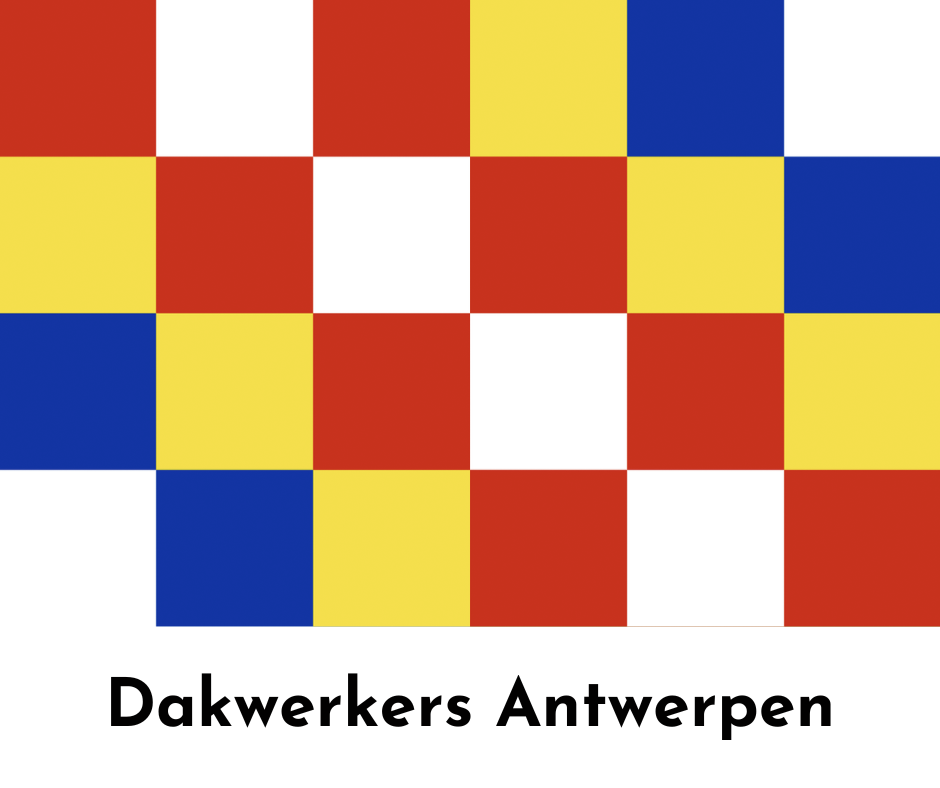Introduction
Antwerp, a city steeped in history and culture, boasts an architectural heritage that reflects centuries of craftsmanship and artistry. Among the most fascinating aspects of this heritage is the traditional roofing techniques that adorn many homes throughout the city. From the iconic gabled roofs to intricate tile patterns, these techniques tell a story of resilience, adaptation, and local resources. In this article, we will delve deep into the various roofing styles and methods used in Antwerp homes, exploring their historical significance, architectural beauty, and practicality.
Exploring Traditional Roofing Techniques Used in Antwerp Homes
A Brief Overview of Antwerp's Architectural Landscape
Antwerp’s architectural landscape is a vibrant tapestry woven from various influences—Gothic, Renaissance, Baroque, and Art Nouveau. The roofs play a pivotal role in defining this landscape. Many structures showcase unique roofing styles that not only serve practical purposes but also enhance aesthetic appeal.
Historical Context of Roofing Techniques
Understanding the significance of roofing techniques in Antwerp invites us to explore the historical context surrounding them. In earlier centuries, the selection of roofing materials was heavily influenced by local availability and environmental conditions. This section will take you through time to see how these factors shaped what we see today.
The Evolution of Roof Styles Over Centuries
Over the years, there have been noticeable shifts in roof styles as needs evolved alongside advancements in construction technology. We'll discuss how each period contributed to shaping current practices.
Common Roofing Materials Found in Antwerp
In discussing traditional roofing techniques used in Antwerp homes, one cannot overlook the materials utilized. The choice of materials has always played a crucial role in defining both functionality and aesthetics.
Clay Tiles: A Classic Choice
Clay tiles are perhaps one of the most iconic features found on Antwerp rooftops. Known for their durability and thermal properties, clay tiles have been favored for centuries.
- Benefits of Clay Tiles: Excellent insulation properties Long-lasting with low maintenance Fire-resistant capabilities
Slate: The Luxurious Alternative
For those looking for elegance and longevity, slate has often been considered a top-tier option. Its natural beauty adds character while offering robust protection against weather elements.
- Advantages of Slate: Exceptional durability (can last over a century) Unique color variations enhance visual appeal Eco-friendly due to its natural origin
Thatch: A Sustainable Solution
Although less common today, thatch roofs were once widespread in rural areas around Antwerp. Made from dry vegetation like straw or reeds, these roofs provided excellent insulation while blending harmoniously with nature.
- Pros of Thatch: Natural aesthetic that complements rural settings Biodegradable materials make it environmentally friendly
Popular Roofing Styles in Antwerp Homes
Diving deeper into specific styles reveals more about how tradition thrives through architecture.
Gabled Roofs: The Most Recognizable Style
The gabled roof is perhaps the most recognizable style across Antwerp’s residential buildings. Characterized by two sloping sides that come together at a ridge, gabled roofs offer practicality and charm.
- Characteristics: Effective water drainage due to steep slope Allows for additional attic space
Hip Roofs: Versatility at Its Best
Hip roofs feature slopes on all four sides rather than just two. This design provides greater stability against high winds—an essential factor given Belgium's climate.
- Benefits: Reduced risk of damage during storms More usable space compared to traditional gables
Innovative Techniques Employed in Traditional Roofing
While steeped in history, traditional roofing techniques have seen innovations that adapt them for modern needs without losing their essence.
Sustainable Practices: Blending Tradition with Modernity
Today’s craftsmen are blending age-old techniques with sustainable practices such as rainwater harvesting systems built into roofs or using recycled materials for repairs.
- Examples: Green roofs featuring vegetation for energy efficiency Solar panels integrated seamlessly into traditional designs
Preservation Efforts for Traditional Roofing Techniques
With growing awareness around heritage conservation comes efforts aimed at preserving traditional roofing methods against modern encroachments.
Regulations Surrounding Heritage Structures
Antwerp has implemented regulations designed to protect its architectural heritage. These guidelines often stipulate using original materials when restoring older buildings—a significant step toward preserving authenticity.
Challenges Facing Traditional Roofing Techniques Today
Despite their beauty and historical significance, traditional roofing techniques face challenges stemming from modernization pressures.
Weathering Effects on Historical Materials
The harsh Belgian weather can take its toll on older roofing materials; thus regular maintenance is critical to preserving these beautiful structures.
Cultural Significance Behind Roof Designs
Roof designs often carry cultural meanings that reflect local customs or beliefs—something particularly noteworthy Look at this website within Antwerp's diverse communities.
Case Studies: Iconic Buildings with Traditional Roofs
Cathedral of Our Lady
One cannot discuss traditional roofing without mentioning the Cathedral of Our Lady—an emblematic structure showcasing stunning spires lined with exquisite slate tiles.
Antwerp’s Guild Houses
These historic buildings exhibit intricate gable designs adorned roofing business directories with ornamental features—each telling stories from different eras throughout history.
FAQs About Traditional Roofing Techniques Used in Antwerp Homes
What are some common materials used for roofing?
Common materials include clay tiles, slate shingles, wood shakes, and thatch.
How do traditional roofs handle rain?
The design—especially steeper slopes—facilitates efficient drainage while minimizing water pooling.
Are there modern adaptations to these traditional methods?
Yes! Many craftsmen now incorporate sustainable practices like green roofs or solar integrations.
What is the lifespan of clay tiles?
Typically lasting over fifty years if maintained properly.
How do I maintain a slate roof?
Regular inspections are key; look for loose tiles or cracks requiring repair before they worsen.
li26/ol1/hr3hr3/##
Conclusion
In wrapping up our exploration into "Exploring Traditional Roofing Techniques Used in Antwerp Homes," it becomes clear just how intertwined these methods are with the city's identity and history. Each roof tells its unique story—a tale woven from local resources, environmental considerations, cultural meanings, and innovative adaptations over centuries. As we continue embracing modern technologies alongside tradition, may we find harmony between progress and preservation—a balance ensuring that future generations enjoy both functional spaces and rich histories above their heads!
